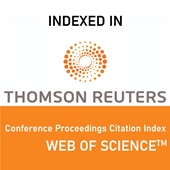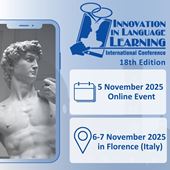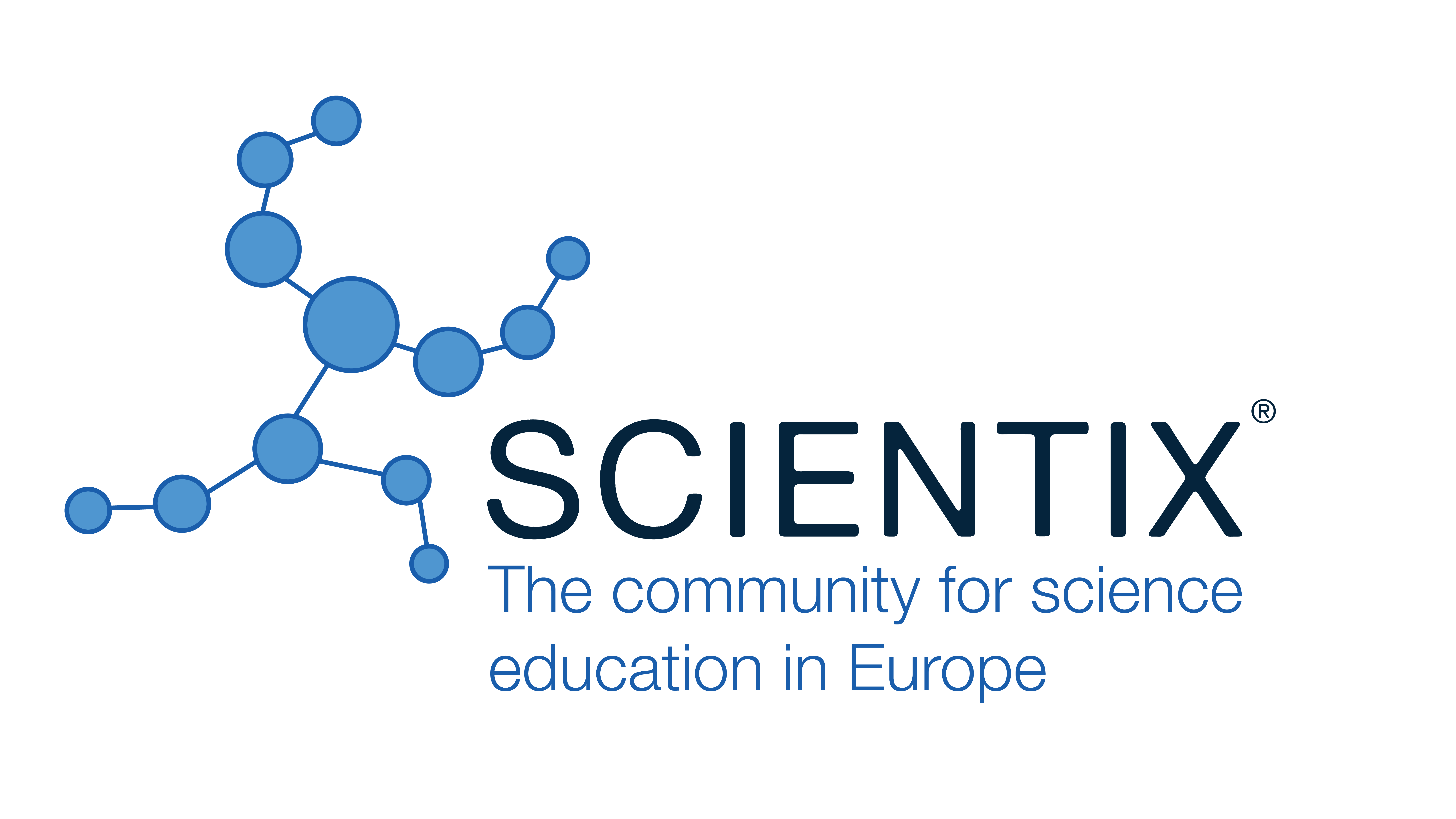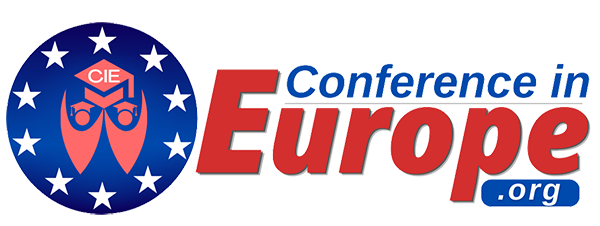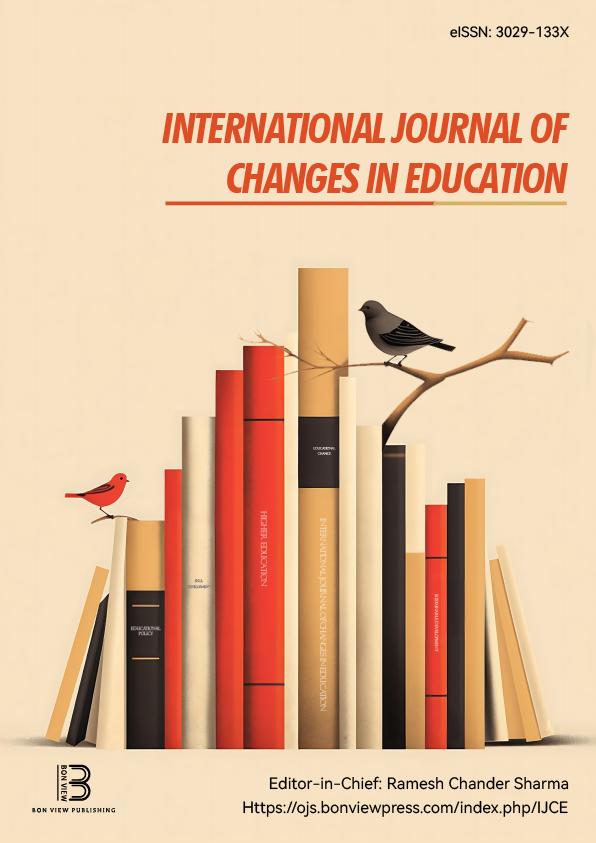Enhancing Students’ Translation Competences via Folktale Animation Subtitling Project
Supreeya Pongrua, Department of Western Languages, Faculty of Humanities and Social Sciences, Khon Kaen University (Thailand)
Fuangket Tongwanchai, Department of Western Languages, Faculty of Humanities and Social Sciences, Khon Kaen University (Thailand)
Abstract
This study explores the effectiveness of integrating subtitling as a pedagogical tool to improve the translation competences of university students translating from Thai into Spanish and French. As audiovisual and multimedia translation continues to gain prominence in global communication, subtitling offers an authentic, multimodal context that challenges students to develop their translation competence (PACTE, 2005). The research employed a project based approach in Thai into Western Language translation course (Thai-French and Thai-Spanish) in undergraduate students majoring in Spanish and French. Students were assigned Thai folktale animation subtitling project and assessment tools include subtitling project evaluations and reflective reports. Findings reveal that the most applied translation techniques are cultural equivalence, deletion and neutralization, which demonstrate students’ development of bilingual, extra-linguistics and strategic sub-competences. Furthermore, this project increases student motivation due to the use of authentic and relatable conversational language in the animation. Even though applying this project in a translation course is such a challenging task for both students and teachers, its outcome offers valuable benefits to students' future career in this digital era.
|
Keywords |
Translation Competence, Spanish as a Foreign Language, French as a Foreign Language, Project-based Learning |
|
REFERENCES |
[1] Munday, J. (2001). Introducing Translation Studies. London and New York: Rutledge. [2] Qiao, Chengche & Huang, Xiaodong. (2023). Enhancing Translation Competence via Flipping the EFL Translation Classroom in China. ACM Transactions on Asian and Low-Resource Language Information Processing. DOI: 10.1145/3586995. |
 Innovation in Language Learning
Innovation in Language Learning
